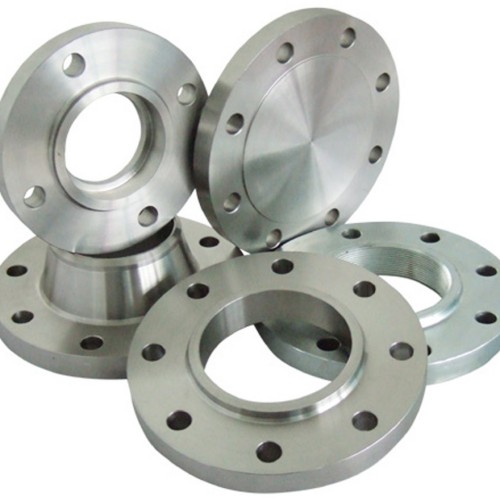hydraulic gate valve
Understanding Hydraulic Gate Valves
Hydraulic gate valves are essential components in various fluid management systems, particularly in industries such as water treatment, oil and gas, and manufacturing processes. These valves serve as critical control devices that regulate the flow of fluids through pipelines by either allowing for a complete passage when fully open or completely stopping the flow when closed. The functionality, design, and application of hydraulic gate valves are crucial for ensuring efficiency and safety in fluid transport systems.
Design and Mechanism
A hydraulic gate valve operates by employing a gate mechanism, which is a flat piece of metal that either rises or falls to control fluid passage. When the valve is in the open position, the gate is lifted out of the flow path, creating a clear channel for fluid to pass through. Conversely, when the valve is closed, the gate moves down into the flow path, effectively blocking any fluid from passing. This mechanism is particularly useful in applications where a straight-line flow of fluid and minimal pressure drop are essential.
The design of hydraulic gate valves can vary significantly based on application requirements. Common materials used in manufacturing these valves include ductile iron, carbon steel, stainless steel, and bronze, each chosen for its specific properties such as strength, corrosion resistance, and suitability for different fluid types. Additionally, hydraulic gate valves can be designed with different types of seals to prevent leaks and ensure long-lasting performance.
Types of Hydraulic Gate Valves
There are two primary types of hydraulic gate valves rising stem and non-rising stem valves.
1. Rising Stem Gate Valves These valves are designed with a stem that rises along with the gate as the valve opens. This feature allows for visual confirmation of the valve's position, providing operators with assurance that the valve is fully open or closed. However, this design requires additional space above the valve for the stem to rise, which may not always be feasible in compact installations.
2. Non-Rising Stem Gate Valves In contrast, non-rising stem valves operate with a stem that does not rise during the opening or closing process. Instead, the gate itself moves up and down, making these valves suitable for installations where headroom is limited. Non-rising stem designs are commonly found in underground applications, such as water distribution systems.
hydraulic gate valve

Applications
Hydraulic gate valves are utilized in a wide range of applications due to their durability and effectiveness in managing fluid flow. In water treatment facilities, they control the inflow and outflow of water, ensuring that processes such as filtration and disinfection are performed efficiently. In the oil and gas industry, hydraulic gate valves are used to manage the flow of crude oil, natural gas, and other hydrocarbons, playing a critical role in pipeline systems and refining processes.
Additionally, in manufacturing environments, these valves are employed to manage cooling water systems, hydraulic fluid delivery, and other essential operations that rely on precise fluid control. Their ability to handle high-pressure conditions makes them suitable for applications where safety and reliability are paramount.
Maintenance and Best Practices
Regular maintenance is essential to ensure the longevity and reliability of hydraulic gate valves. Operators should periodically inspect the valves for signs of wear, corrosion, or damage, and perform necessary repairs or replacements. Ensuring that the valve seals and actuators are in good condition will prevent leaks and maintain optimal performance.
Best practices also include conducting thorough functional tests to ensure that the valves open and close smoothly and that there is no obstruction in the flow path. Operators should familiarize themselves with the specific requirements of each application to select the appropriate type of gate valve and maintain it accordingly.
Conclusion
Hydraulic gate valves are pivotal in a variety of industries, providing effective control over fluid flow. Their design, operational capabilities, and diverse applications make them an indispensable tool in fluid management systems. Understanding their functions, types, and maintenance will enable operators to maximize efficiency and ensure safety in all fluid handling processes.
-
The Key to Fluid Control: Exploring the Advantages of Ball Valves in Industrial SystemsNewsJul.09,2025
-
The Versatile World of 1, 2, and 3 Piece Ball ValvesNewsJul.09,2025
-
Stainless Steel Ball Valves: The Ideal Choice for Efficient Flow ControlNewsJul.09,2025
-
Optimizing Fluid Control with Ball Float ValvesNewsJul.09,2025
-
Manual Gate Valves: Essential for Control and EfficiencyNewsJul.09,2025
-
Everything You Need to Know About Butterfly ValvesNewsJul.09,2025
-
The Versatility of Wafer Type Butterfly ValvesNewsJul.08,2025




